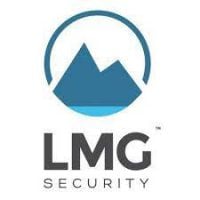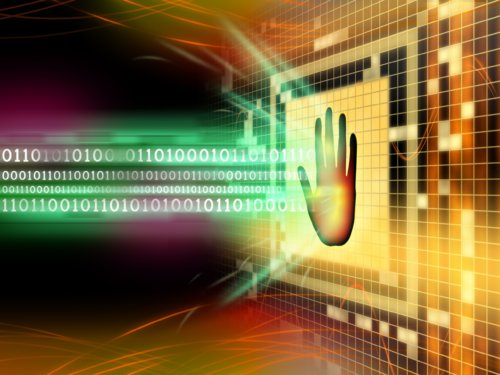Mobile Device Security Best Practices: Stay Secure While on the Go
In today's connected world, mobile phones have become an integral part of our lives. They provide us with convenience, communication, and a wealth of...
We've crafted solutions tailored to your firm
The world of insurance for law firms can be confusing, and difficult to navigate. We've created this glossary because these common insurance terms should be easy to understand.
5 min read
 LMG Security
:
Updated on December 15, 2022 | Posted on June 8, 2021
LMG Security
:
Updated on December 15, 2022 | Posted on June 8, 2021

By LMG Security
The recent ransomware attack on the Colonial Pipeline showed just how “connected” we all are – and how an attack not only impacts the company itself, but EVERYONE that depends on that organization.
The ransomware attack on Colonial Pipeline – which supplies gasoline, diesel, and jet fuel to a large chunk of the southern U.S. – encrypted the company’s computers, forcing it to shut down its services and causing interruptions in fuel delivery (no gas for the trucks), regional gas shortages at the pumps (no gas for consumers), and even disruptions in air travel (no fuel for the jets).
But, did you know everyone who touches a computer within your organization can help prevent a ransomware attack? Read on to learn how one person’s actions can save multiple organizations – including yours – from outages and financial loss.
How can one ransomware incident impact your organization, as well as your community?
Cybercrime is like ripples in a pond – one incident can impact the entire ecosystem. If you and every member of your organization use safe cybersecurity practices, you can help protect everyone that relies on you.
How do cybercriminals spread their malicious software?
So, how do we keep each other safe?
7 things you can do to keep your organization safe from ransomware:
Multi-factor authentication uses more than one method combined, so that if (for example) a hacker steals your password, your account is still protected by another factor. In this way, MFA uses “multiple factors” to verify your identity for safer access. See LMG’s blog, “The Benefits of Multi-factor Authentication” for more details.
Tips for Leadership:
Make sure your whole team is aware of the important security tips above! Also, identify your key suppliers, and make sure that they are taking proper security precautions, too. Your organization relies on many external suppliers for services, software, and devices that are critical to your day-to-day operations. Their risk is your risk – so make sure you take precautions.
Here are a few ways to slash your supply chain ransomware risk:
We are all connected in today’s digital world. Taking simple cybersecurity steps can help protect your organization, as well as your suppliers, customers, and partners from the impacts of a ransomware attack.
This blog post is distributed with the permission of LMG Security.
At LMG, our singular focus is on providing outstanding cybersecurity consulting, technical testing, training, and incident response services. Our team of recognized cybersecurity experts have been covered on the Today Show and NBC News, as well as quoted in the New York Times, Wall Street Journal, and many other publications. In addition to online cybersecurity training, LMG Security provides world-class cybersecurity services to a diverse client base located around the United States and internationally.
In today's connected world, mobile phones have become an integral part of our lives. They provide us with convenience, communication, and a wealth of...

4 min read
This blog post is in partnership with LMG Security. With professional hackers and cybersecurity criminals posing a constant threat to law firms...

4 min read
We’re excited to share a guest blog from Karen Sprenger, COO and chief ransomware negotiator at LMGsecurity.com — one of our cybersecurity and...